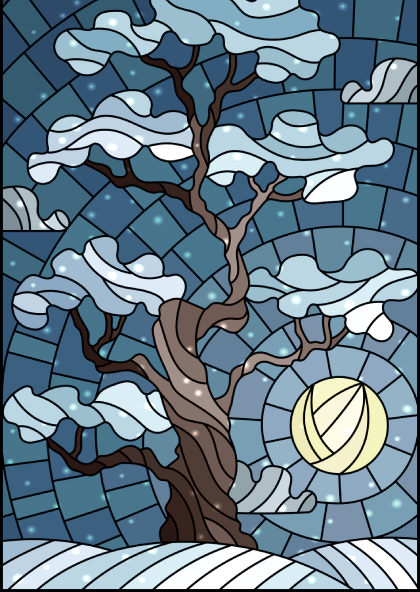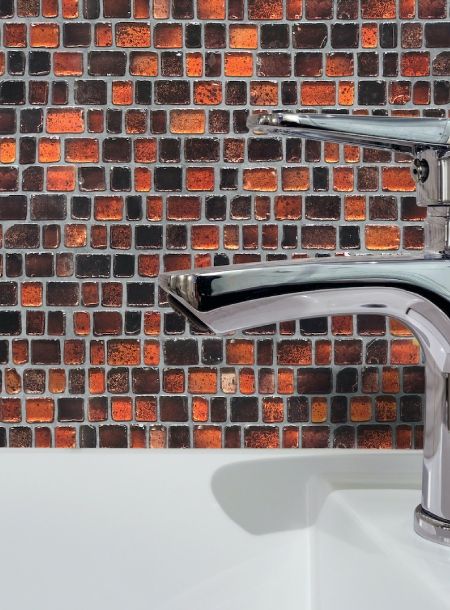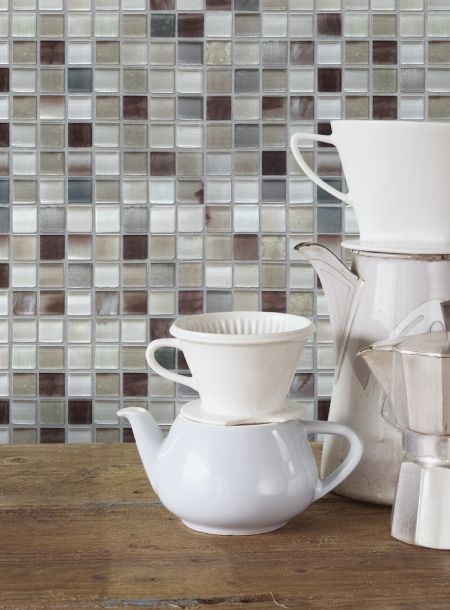INSPIRATIONS
Liberty
Those who do not want to imitate anything, produce nothing.
An exotic and decadent departure from artistic tradition, Liberty Style - Italy's Art Nouveau movement - was a compelling and energetic style filled with grandeour. The colourful art and magnificent architecture was heavily influenced by the Baroque period, taking decorative object and turning them into center pieces of attention both in the interior and the exterior. The heavy usage of craftmanship and artistic liberties was a direct contrast to the rise of mass producted goods, which artists felt was a way to tamper of their own creativity. Examples of Liberty style can still be found in old italian homes as well as vintage markets, where Liberty furnitures like stained glass lamps and handmade dressers.
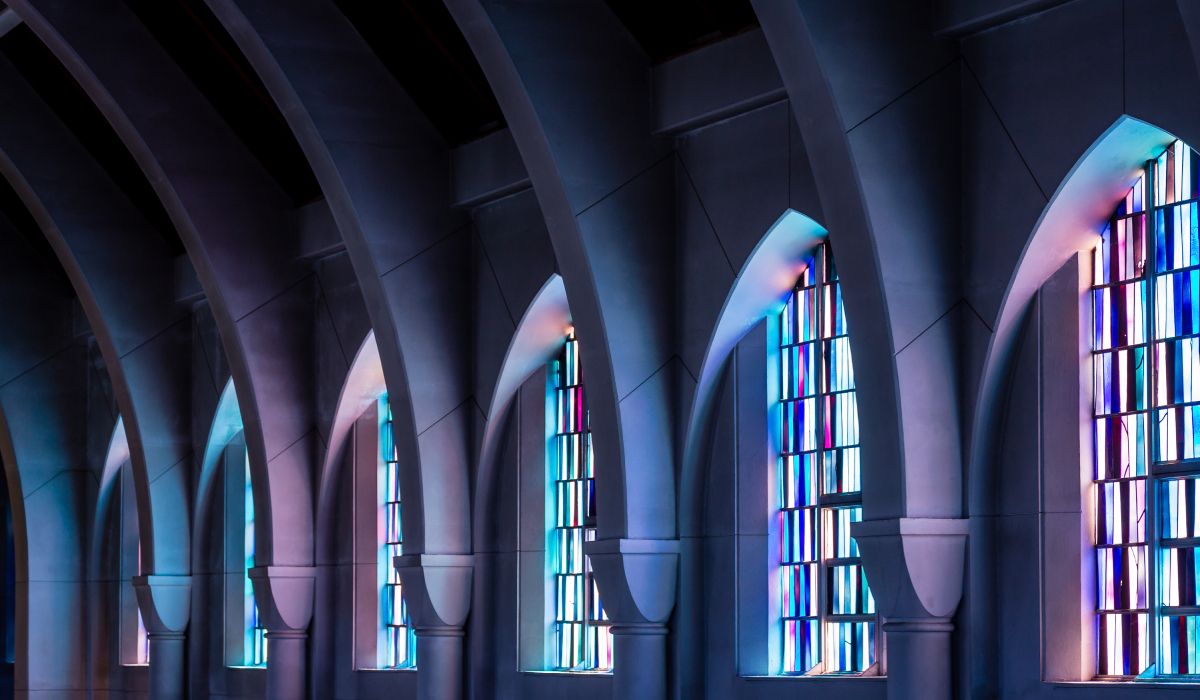
Architecture
To this day, remnants of the Liberty style can be found in the Northen parts of Italy, particularly amongst the streets of Milan and Turin, where liberty-style buildings are sought out as an example of luxury. Dynamic lines that gave the idea of motion, the usage of wrought iron and light to resemble nature, every characteristic of the Liberty Stle contributed to giving life to unusual, refined works.
“Beauty perishes in life, but is immortal in art”
– Leonardo da Vinci
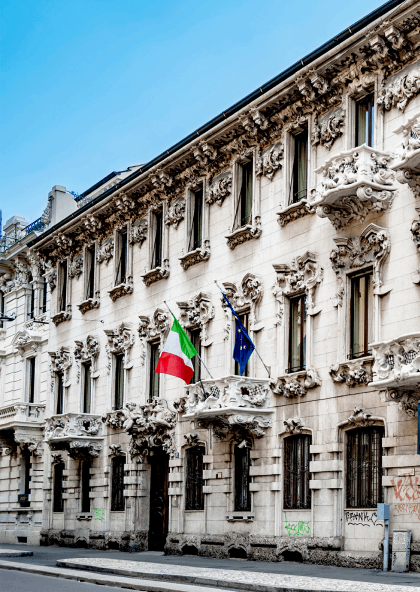
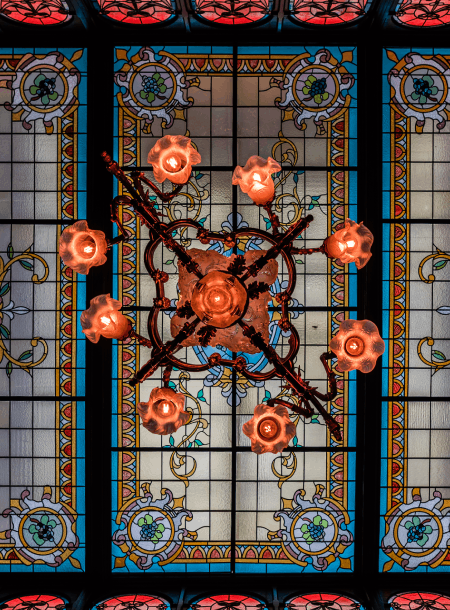
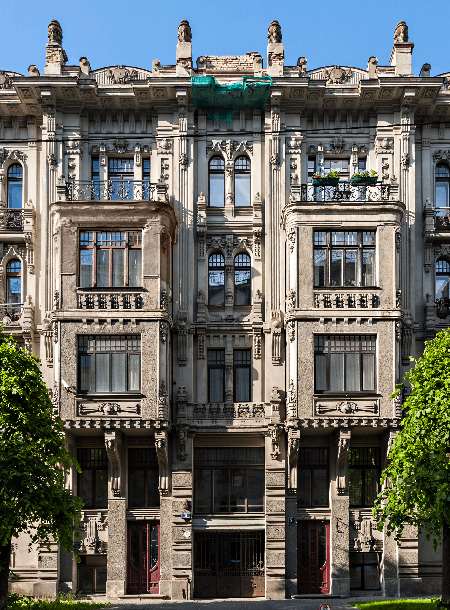
People are like stained-glass windows.
— Elisabeth Kübler-Ross
Colours
Colour was heavily featured throughout the Liberty style period, more often for decorative furniture - particular are the so-called Liberty lamps, beautiful statement pieces with patterns made of glass mosaic. Glass was a beloved material during this time, and one of the most prominent features in artistic expression is surely Stained Glass windows which combined glass, ceramic and iron to create true masterpieces that to this day still decorate churches and noble houses of the past.
